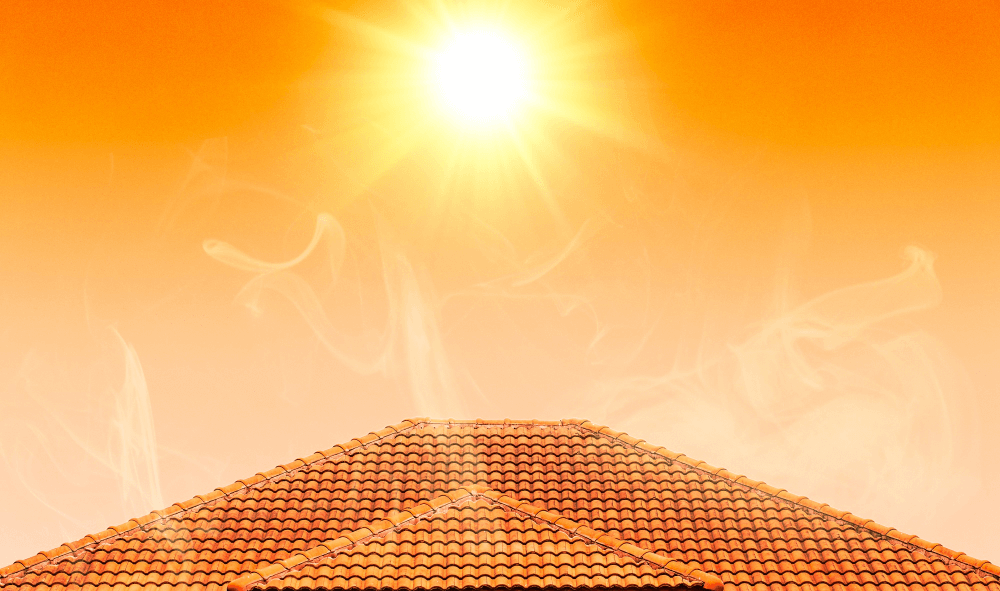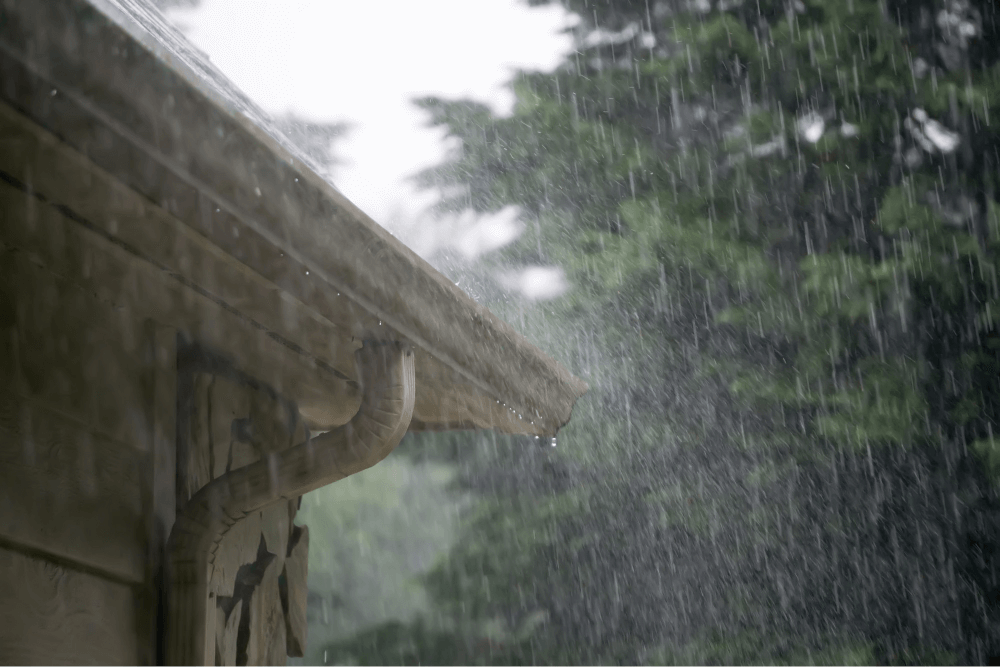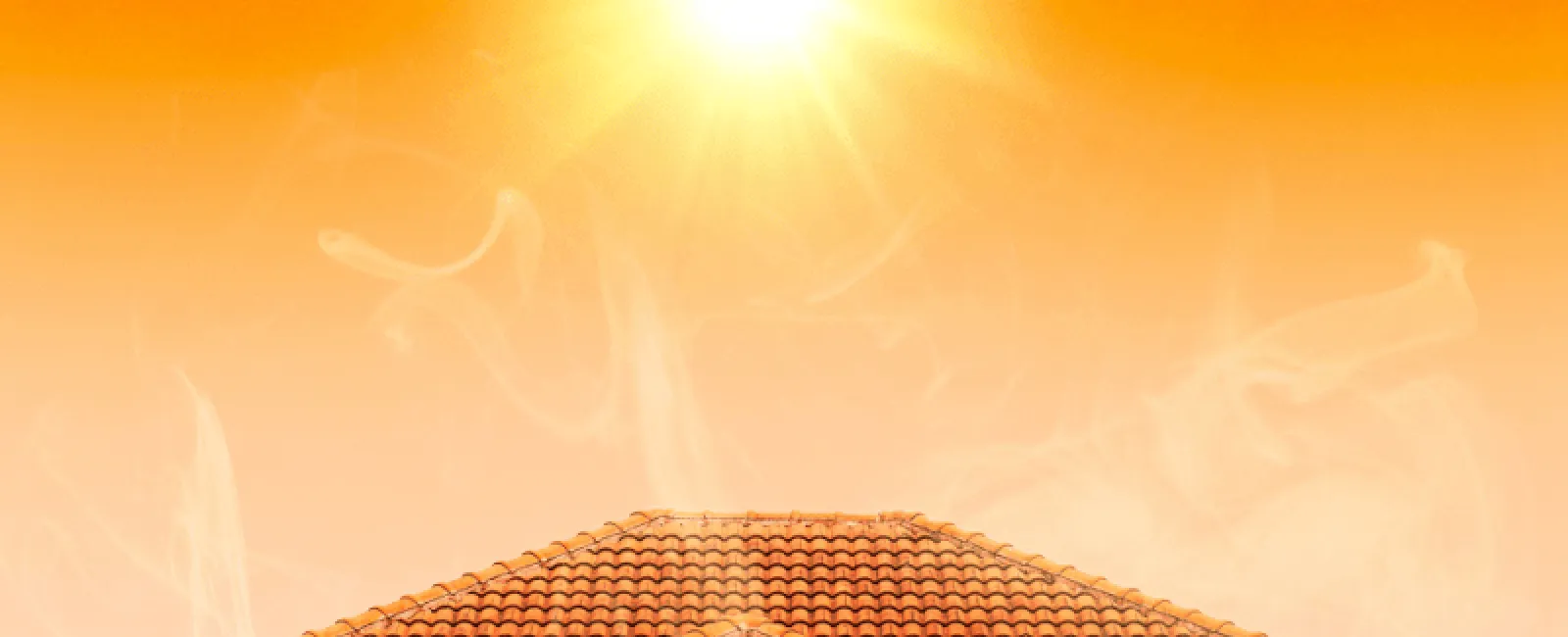While it’s nice to be free of the cold of winter, summer can bring about its own set of issues. Especially as we reach the end of the season, months of heat and sunlight can cause problems that are as bad or worse than those you experience during the winter. Summer storms can bring about wind and water damage that impact your roof’s integrity, causing other issues with your home. It’s important to repair and maintain your home’s roof before things get too badly damaged, read on to learn about things to consider when it comes to summer weather.

Ultra-Violet Light
Let’s face it, UV light can cause all sorts of damage. It can damage our cars, furniture, carpet, and ourselves if we don’t use sunscreen. Its effect on roofs is no less nefarious. During the summer, sunlight strikes the roof with the least atmospheric interference as it will all year, constantly doing damage whether it’s cloudy or not. Over time wood will bleach and crack while asphalt shingles can wilt, split, and cup.
High Temperatures
Unless you have trees or buildings providing shade, your roof will suffer the most extreme effects of sunlight and heat. If your roofing material is a dark material, the heat will be absorbed, leading to temperatures in excess of 150° F on a 90° day. High temperatures such as these can cause the materials that make up your roof to break down rapidly. If you have a routinely hot roof, make sure you have adequate insulation in your attic to prevent the heat from entering your home’s interior.

Thermal Shock
When your roof reaches high temperatures throughout the day then cools down quickly when the sun goes down, this can result in thermal shock. As you can imagine, materials that are subjected to thermal shock undergo rapid expansion and contraction weakening the roof’s structural integrity. This is particularly an issue with metal as its shape is liable to warp and create gaps.
Summer Storms
Summer thunderstorms can result in extreme wind which is likely to damage elements of your roof. Tiles can become loose, and hail can cause excessive damage as well, denting metal roofs. After a major storm, it’s a good idea to inspect your roof. Look for damaged or missing shingles, gutter blockage, and damp patches under the eaves. Visit your attic on a sunny day. If you notice sunlight sneaking into the attic, then that’s a sure sign that your roof has suffered storm damage.
It’s important to keep in mind that most damage (such as that caused by sunlight) won’t be noticed right away but can take weeks or months to accumulate. Knowing what to look for and periodically inspecting your roof will help you identify potential problems before they turn into emergencies. If your roof is under a decade old and well maintained, you shouldn’t have too much to worry about, but any roof that’s over 10 years old should be routinely inspected and repaired at the first sign of trouble.



